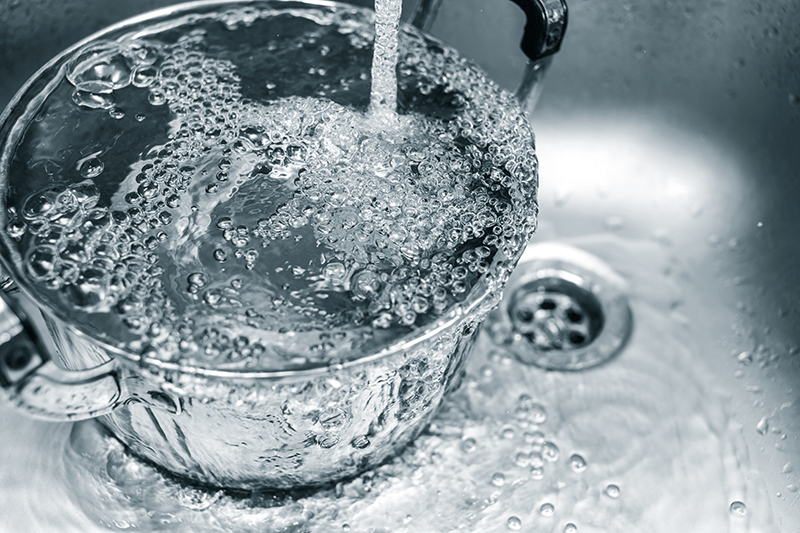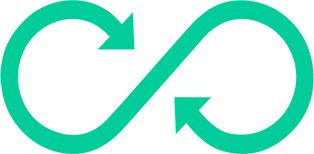We understand how easy it is to get wrapped up in the day to day operations of running a business. So it is no surprise that so many small business owners fail to create an effective backflow testing and prevention plan.
However, without a proper backflow safety plan, you are risking your staff and customers’ health. Not to mention your business’s reputation.
To provide a helping hand, we have put together a guide with all the info you need to understand backflow prevention and protect your business.
What Is Backflow
When you receive water into your commercial kitchen, both you and your customers expect it to be clean. Yet, water pressure changes can lead to backflow, where contaminated water mixes with clean drinking water.
Extreme drops in water pressure can happen due to anything from a power outage or main break to freezing pipes or nearby firefighting.
There are two types of backflow: backpressure and siphon. Back siphonage happens when there is a pressure that pulls non-potable water into the drinking water pipes.
Backpressure happens when there is a downstream pressure that pushes the non-potable water into the clean water pipes.
Aging infrastructure and poor plumbing installations can often exacerbate contamination events like these.
Why Backflow Prevention Is Important
Cross-contamination can happen in any number of ways and in various parts of the kitchen. Pretty much anywhere where there are water lines cross-connected to a potable water system.
If left unchecked, this can severely impact the health of your staff and customers. Each cross-connection point must have a backflow device that you test annually – in compliance with local regulations.
How You Can Prevent Backflow
When managing food service, you must install a backflow prevention device that is tested annually. The preventer stops non-potable water from reaching the clean water source.
Think of it like a gated system. One gate allows water to flow through from the public water supply, and the second gate enables that water to flow on to your taps, etc.
This prevents cross-contamination of the clean water supply due to the fact, the water can only travel in one direction through the gates.
In a typical commercial kitchen, you will find between one and three backflow preventers. You will often find backflow preventers in areas that have water coming into the building such as
- Dishwashers
- Ice makers
- coffee machines
- steam cooking systems
- preparation areas
- soda machines
- sinks, irrigation systems,
- fire sprinkler systems
- Why you need regular testing
Maintaining Your Backflow Preventer
It is essential to have your backflow devices checked out regularly to ensure that they are working correctly. Local authorities require you to have each of your cross-connection and backflow devices tested annually by a certified and licensed plumber.
Business owners and managers are responsible for maintaining each backflow preventer. This includes any repairs or replacements as required. You must also keep records of all the tests done and submit them to your local authority.
Backflow devices are tested to ensure the internal seals and springs are functioning correctly. Any moving parts that wear out should be replaced to stop the build-up of waste.
If your backflow device starts to malfunction, there are several indicators. These include cloudy or muddy water that has a strange smell. Less water and complaints by staff or customers about being ill could also indicate a backflow prevention problem.
Bear in mind that signs of a dodgy backflow device aren’t always visible but are as harmful in the long run.
What to Expect During a Backflow Test
Each local authority handles its own water supply, which means requirements can differ depending on your region.
Typically you will need to have the backflow preventer inspected by a certified plumber when you first install a backflow device. You are required to book an annual inspection of each backflow preventer by a licensed backflow inspector. You should also be sure to test the backflow preventer in the event of repair, replacement, or relocation of the device.
The test has two purposes, to see if there are instances of backflow on your premises and determine the cause. Your tester will use valves on their backflow testing device, known as gate and relief valves. When testing the device, the inspector will turn off the downstream shut-off valve and wait for a few minutes. Then they will check the pressure in the system by hooking up the test kit hoses. Your tester is looking for areas where the pressure is off along with water leaks, or any other signs of backflow.
You don’t have to do anything beforehand to prepare for the test. Still, let your staff know that the water will be off during testing, so they will need to make alternative arrangements for water use for a brief period.
Finding a Tester
Be sure to partner with an experienced and certified backflow tester and prioritize backflow as part of your overall safety plan.. Backflow issues are often subtle but can be devastating to your business, putting you out of action in a heartbeat.
And remember it’s not just your business that is at risk from backflow but the entire community. The cost of each inspection will vary based on your region and the company you choose.
Book Services Online
Here at SwiftQuote, we run an online marketplace that connects businesses like yours with local service providers. Our goal is to make it as simple as possible to find and compare trusted local professionals.
Through the app, you can submit a job request and local pros will bid on your service, providing a quote to complete your request. You can also search pros in your area and select based on reviews, price, and any other requirements.
SwiftQuote also tracks your compliance services and ensures you never miss a deadline again.


